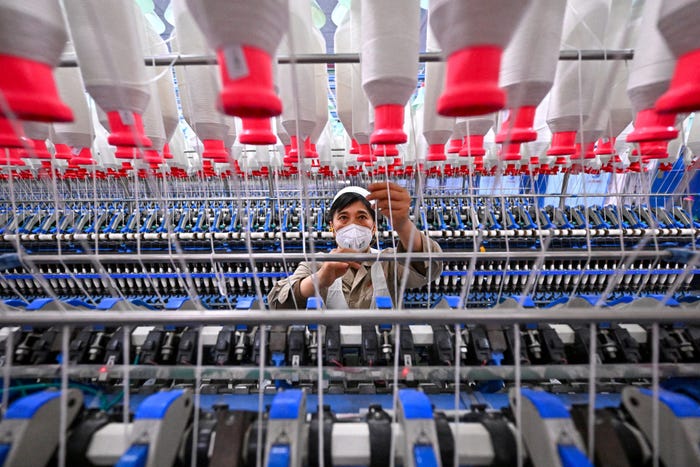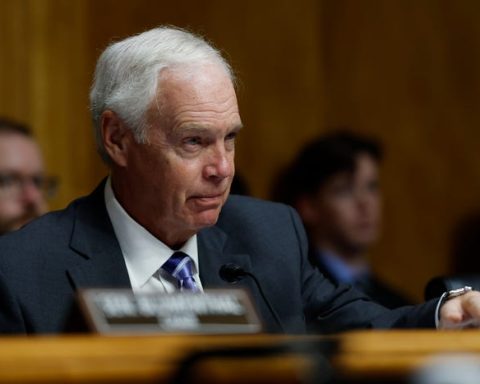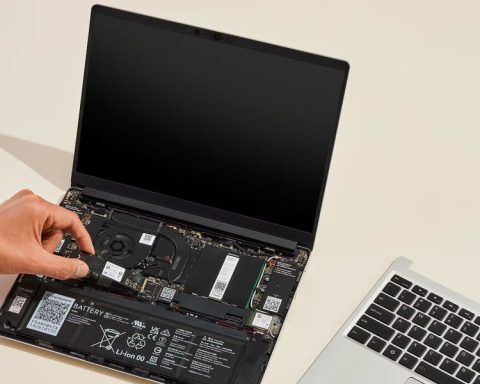Chinese manufacturers are navigating a challenging environment with little flexibility to further reduce prices for US companies seeking to offset tariffs.
Stringer/VIA REUTERS
In an effort to avoid significant price increases for consumers, US businesses have been urging their Chinese suppliers to reduce prices in light of the substantial tariffs imposed by President Donald Trump. However, industry analysts and supply chain experts suggest that these efforts are likely to be in vain.
“If you’ve already cut your pricing in the past for your US clients, there isn’t much room to do it again,” Jonathan Chitayat, CEO of Genimex Group, a contract manufacturing firm, stated. “You might accommodate a request for one or two orders, but when it comes time for the next negotiation, the reality of maintaining profitability comes into play. You simply can’t continue to operate at a loss.”
Genimex Group specializes in engineering and managing the manufacturing processes for electronics and kitchenware, often collaborating with overseas suppliers in Asia. Chitayat noted that a significant part of their current role involves negotiating with factories to lessen the impact of tariffs. However, as these options diminish, numerous US clients have already opted to increase their retail prices.
“Everyone is currently under pressure and has encountered these inquiries before,” Chitayat remarked. “There are no known subsidies being provided by the Chinese government to manufacturers, which means they typically have minimal or no profit margins available to share.”
Trump has consistently targeted China with tariffs, beginning during his first term in 2016. He declared China to be a primary focus during his “Liberation Day” announcements, citing a 67% tariff on US goods among several other trade figures that lacked documentation in prior reports.
Despite a recent announcement that he would temporarily suspend his tariff policy for 90 days on over 75 trading partners that had not retaliated, Trump clarified that a 10% blanket tariff remained in place across all countries, with tariffs on China reportedly reaching 145%.
In a post on Truth Social, Trump stated that these tariffs were “effective immediately” and were a response to the “lack of respect” from China towards global markets. In retaliation, China imposed an 84% counter tariff, later escalating it to 125%, branding the US as a “joke.” The Chinese Ministry of Finance also indicated that there was no longer any “market acceptance for US goods exported to China” given the price increases.
Tariff burden will fall on consumers
Historically, there has been considerable debate about who bears the cost of tariffs, and according to Willy C. Shih, a professor at Harvard Business School, “I believe there isn’t much room to maneuver on that now. China is already exceedingly competitive.”
Shih suggested that a depreciation of the Chinese Yuan could somewhat mitigate the impact of the tariffs, but this alone would insufficiently shield many products, including electrical equipment, which faced Section 301 tariffs even before the most recent retaliatory tariffs were put in place under the International Emergency Economic Powers Act.
Products such as liquid crystal flat panel displays for televisions, for instance, were never produced in the US initially. “While it is possible to distribute the burden of the tariff throughout the supply chain, the sheer scale of these tariffs means they will ultimately fall on consumers,” Shih added.
Furthermore, some supply chain experts highlighted that China’s internal economic challenges have hindered its capacity to absorb external shocks, potentially causing complications for both nations. “Chinese manufacturing companies are experiencing shrinking margins partly due to waning domestic demand,” noted Sara Hsu, a clinical associate professor at the University of Tennessee. “There is already a notable weakness in this sector stemming from last year.”
Andrew Collier, a senior fellow at the Mossavar-Rahmani Center for Business and Government at Harvard Kennedy School, pointed out that Xi Jinping faces limited options to support manufacturers due to the collapse of China’s property market and the subsequent decline in local government revenues from property taxes. “Xi is under pressure from unemployed workers, dissatisfied property owners, and small businesses reliant on US trade,” Collier said. “In a democracy, the political pressure on Trump is likely to intensify once the public becomes fully aware of the state of the economy and the markets.”













